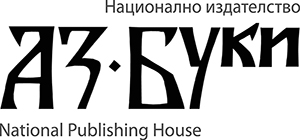Nikolay Todorov
Regional historical museum – Silistra
https://doi.org/10.53656/his2024-3-2-bul
Abstract. As a result of the reforms undertaken by Sultan Mahmud II continued by his son Sultan Abdulmejid I, the social structure of the Ottoman Empire was significantly changed. Especially after the proclamation of the Hatt-ı Hümayun in 1856, the question of integration of the non-Muslim subjects of the Empire took a leading position in its administration, on a central level. The present article aims at presenting a rather different point-of-view on the inclusion of individual representatives of the Bulgarian revival elite in the central governance of the Ottoman Empire. This study was based on some new and unpublished documents, stored in the Ottoman archive in Istanbul. Furthermore, the legitimacy of the representation of the Bulgarians before the official Ottoman government was also addressed.
Keywords: Ottoman empire, Tanzimat, elite, temettuat defteri, nüfus defteri, kapıcıbaşı, Dimitraki


